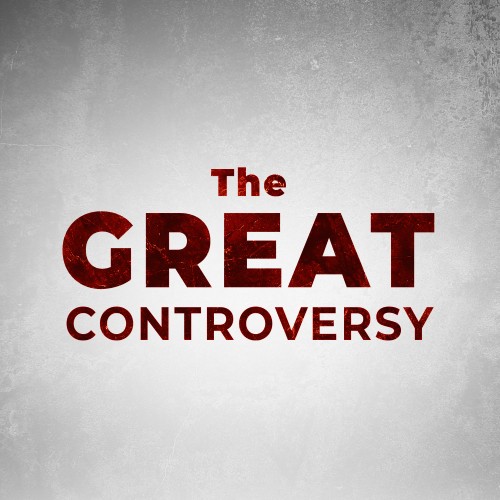In South America, in the midst of barbarism and priest-craft, Lacunza, a Spaniard and a Jesuit, found his way to the Scriptures and thus received the truth of Christ’s speedy return. Impelled to give the warning, yet desiring to escape the censures of Rome, he published his views under the assumed name of “Rabbi Ben-Ezra,” representing himself as a converted Jew. Lacunza lived in the eighteenth century, but it was about 1825 that his book, having found its way to London, was translated into the English language. Its publication served to deepen the interest already awakening in England in the subject of the second advent.
In Germany the doctrine had been taught in the eighteenth century by Bengel, a minister in the Lutheran Church and a celebrated Biblical scholar and critic. Upon completing his education, Bengel had “devoted himself to the study of theology, to which the grave and religious tone of his mind, deepened by his early training and discipline, naturally inclined him. Like other young men of thoughtful character, before and since, he had to struggle with doubts and difficulties of a religious nature, and he alludes, with much feeling, to the ‘many arrows which pierced his poor heart, and made his youth hard to bear.’” Becoming a member of the consistory of Wurttemberg, he advocated the cause of religious liberty. “While maintaining the rights and privileges of the church, he was an advocate for all reasonable freedom being accorded to those who felt themselves bound, on grounds of conscience, to withdraw from her communion.”—Encyclopaedia Britannica, 9th ed., art. “Bengel.” The good effects of this policy are still felt in his native province.
It was while preparing a sermon from Revelation 21 for advent Sunday that the light of Christ’s second coming broke in upon Bengel’s mind. The prophecies of the Revelation unfolded to his understanding as never before. Overwhelmed with a sense of the stupendous importance and surpassing glory of the scenes presented by the prophet, he was forced to turn for a time from the contemplation of the subject. In the pulpit it again presented itself to him with all its vividness and power. From that time he devoted himself to the study of the prophecies, especially those of the Apocalypse, and soon arrived at the belief that they pointed to the coming of Christ as near. The date which he fixed upon as the time of the second advent was within a very few years of that afterward held by Miller.
Bengel’s writings have been spread throughout Christendom. His views of prophecy were quite generally received in his own state of Wurttemberg, and to some extent in other parts of Germany. The movement continued after his death, and the advent message was heard in Germany at the same time that it was attracting attention in other lands. At an early date some of the believers went to Russia and there formed colonies, and the faith of Christ’s soon coming is still held by the German churches of that country.
The light shone also in France and Switzerland. At Geneva where Farel and Calvin had spread the truth of the Reformation, Gaussen preached the message of the second advent. While a student at school, Gaussen had encountered that spirit of rationalism which pervaded all Europe during the latter part of the eighteenth and the opening of the nineteenth century; and when he entered the ministry he was not only ignorant of true faith, but inclined to skepticism. In his youth he had become interested in the study of prophecy. After reading Rollin’s Ancient History, his attention was called to the second chapter of Daniel, and he was struck with the wonderful exactness with which the prophecy had been fulfilled, as seen in the historian’s record. Here was a testimony to the inspiration of the Scriptures, which served as an anchor to him amid the perils of later years. He could not rest satisfied with the teachings of rationalism, and in studying the Bible and searching for clearer light he was, after a time, led to a positive faith.
As he pursued his investigation of the prophecies he arrived at the belief that the coming of the Lord was at hand. Impressed with the solemnity and importance of this great truth, he desired to bring it before the people; but the popular belief that the prophecies of Daniel are mysteries and cannot be understood was a serious obstacle in his way. He finally determined—as Farel had done before him in evangelizing Geneva—to begin with the children, through whom he hoped to interest the parents.
“I desire this to be understood,” he afterward said, speaking of his object in this undertaking, “it is not because of its small importance, but on the contrary because of its great value, that I wished to present it in this familiar form, and that I addressed it to the children. I desired to be heard, and I feared that I would not be if I addressed myself to the grown people first.” “I determined therefore to go to the youngest. I gather an audience of children; if the group enlarges, if it is seen that they listen, are pleased, interested, that they understand and explain the subject, I am sure to have a second circle soon, and in their turn, grown people will see that it is worth their while to sit down and study. When this is done, the cause is gained.”—L. Gaussen, Daniel the Prophet, vol. 2, Preface. (continues)

